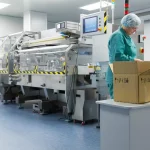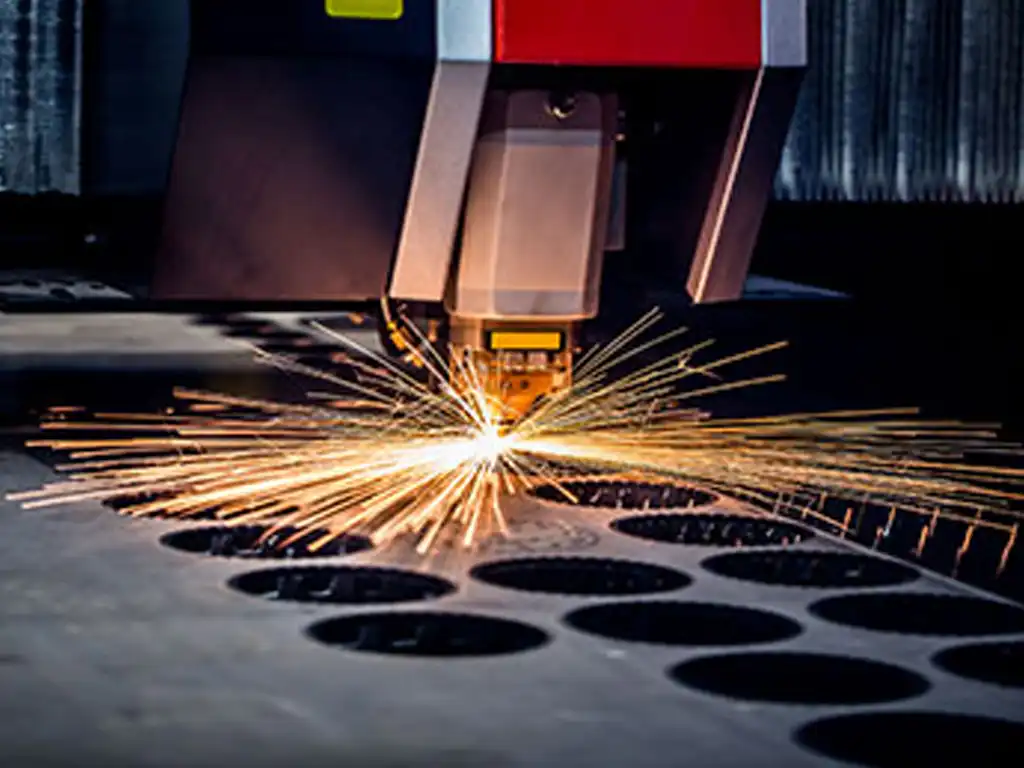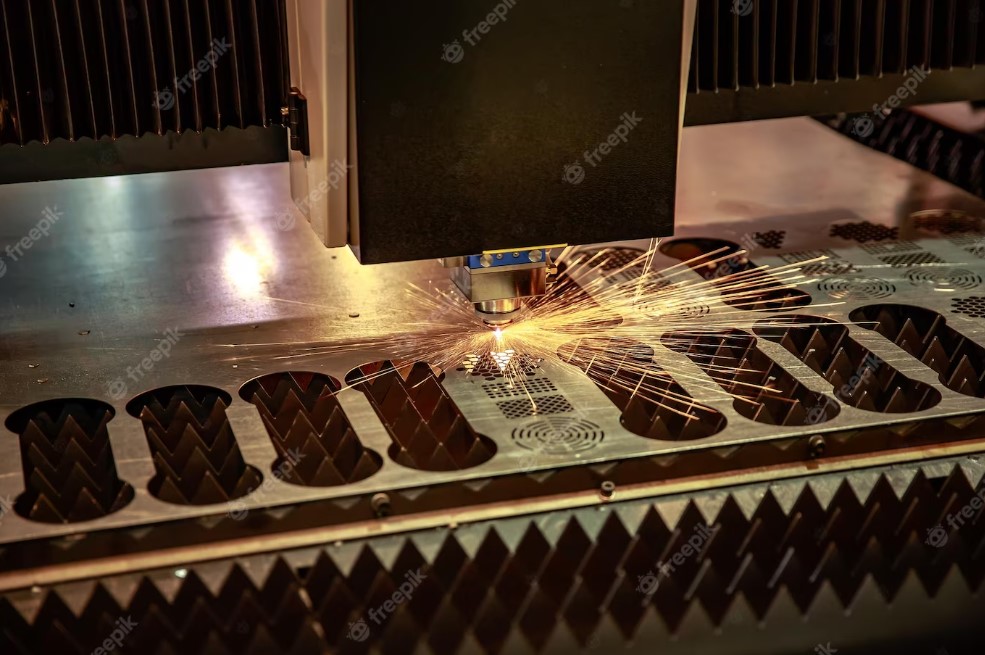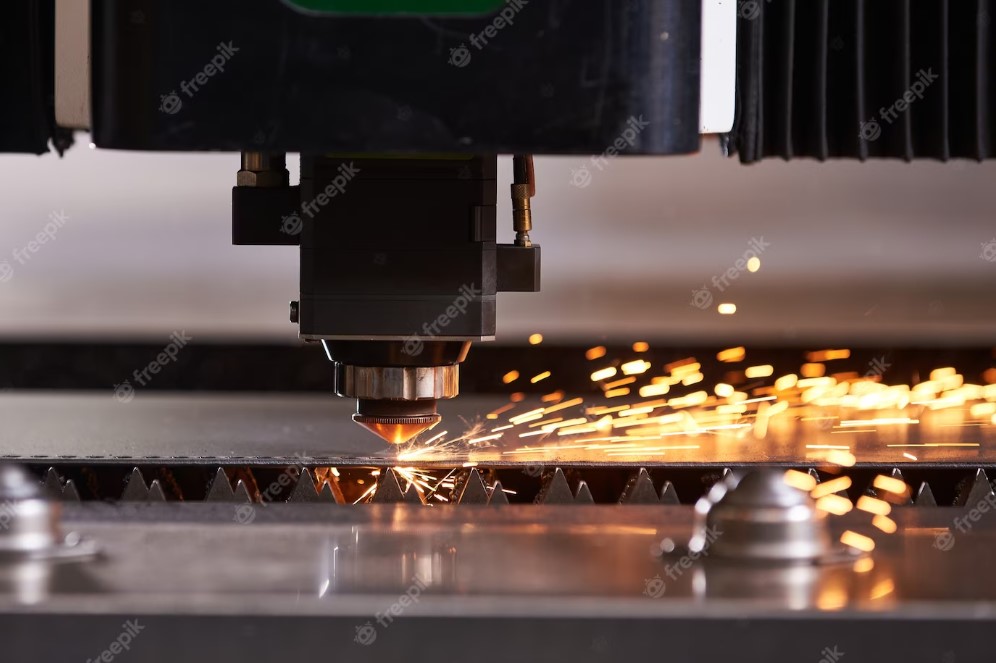
Choosing the Right Packaging Machine for Your Business
September 18, 2023
Revolutionizing Packaging: Innovative Solutions from a Leading Packing Machine Manufacturer
October 16, 2023Laser cutting technology has emerged as a versatile and indispensable tool across a wide spectrum of industries. Its precision, speed, and versatility have made it a game-changer in manufacturing and design. In this post, we’ll delve into the diverse applications and advantages of laser cutting.
Laser Cutting: A Brief Overview
Laser cutting is a manufacturing process that utilizes a high-powered laser beam to precisely cut or engrave materials. The laser beam, typically generated by CO2 or fiber laser sources, is focused on the material’s surface, resulting in accurate and clean cuts. This technology has evolved significantly and found applications in numerous fields. Let’s explore some of its key applications:
1. Precision in Metal Fabrication
Laser cutting has revolutionized metal fabrication. It allows for intricate cuts, shapes, and patterns in various metals, including steel, aluminum, and titanium. Whether it’s creating custom parts for aerospace or crafting detailed designs in architectural metalwork, laser cutting offers unmatched precision.
2. Versatile Material Compatibility
One of the remarkable features of laser cutting is its ability to work with a wide range of materials. From metals and plastics to wood and textiles, laser cutting can be adapted to suit the needs of different industries. This adaptability extends to both large-scale industrial applications and small-scale artistic endeavors.
3. Rapid Prototyping and Product Development
Laser cutting accelerates product development by enabling rapid prototyping. Design iterations that used to take weeks can now be accomplished in a matter of days. This speed not only reduces time-to-market but also lowers development costs.
4. Customization in Fabric and Textiles
The fashion and textile industries leverage laser cutting to achieve precision cutting and intricate designs on fabrics. From clothing and accessories to upholstery, laser-cut textiles offer a level of customization and detail that was previously challenging to achieve.
5. Architectural and Interior Design
Laser-cut architectural features and interior decor elements have become increasingly popular. Whether it’s decorative screens, intricate room dividers, or signage, laser cutting adds a touch of sophistication to architectural and interior design projects.
Advantages of Laser Cutting:
Now that we’ve explored some of the key applications, let’s highlight the advantages of laser cutting technology:
- Precision: Laser cutting provides unrivaled precision, resulting in clean and accurate cuts, even for intricate designs.
- Speed: The high cutting speed of lasers enhances efficiency in manufacturing and design.
- Minimal Material Wastage: Laser cutting minimizes material wastage, making it cost-effective and eco-friendly.
- Versatility: The ability to work with various materials and adapt to different applications makes laser cutting highly versatile.
- Automation: Laser cutting machines can be fully automated, reducing the need for manual labor and ensuring consistency.
In conclusion, laser cutting technology’s versatility and advantages have positioned it as a crucial tool in modern manufacturing and design. Its ability to deliver precision, speed, and customization makes it an invaluable asset across a multitude of industries. As technology continues to evolve, we can expect even more innovative applications for laser cutting in the future.
Whether you’re in aerospace, fashion, or architectural design, laser cutting offers a world of possibilities. Explore its potential and stay at the forefront of precision manufacturing and creative design.




